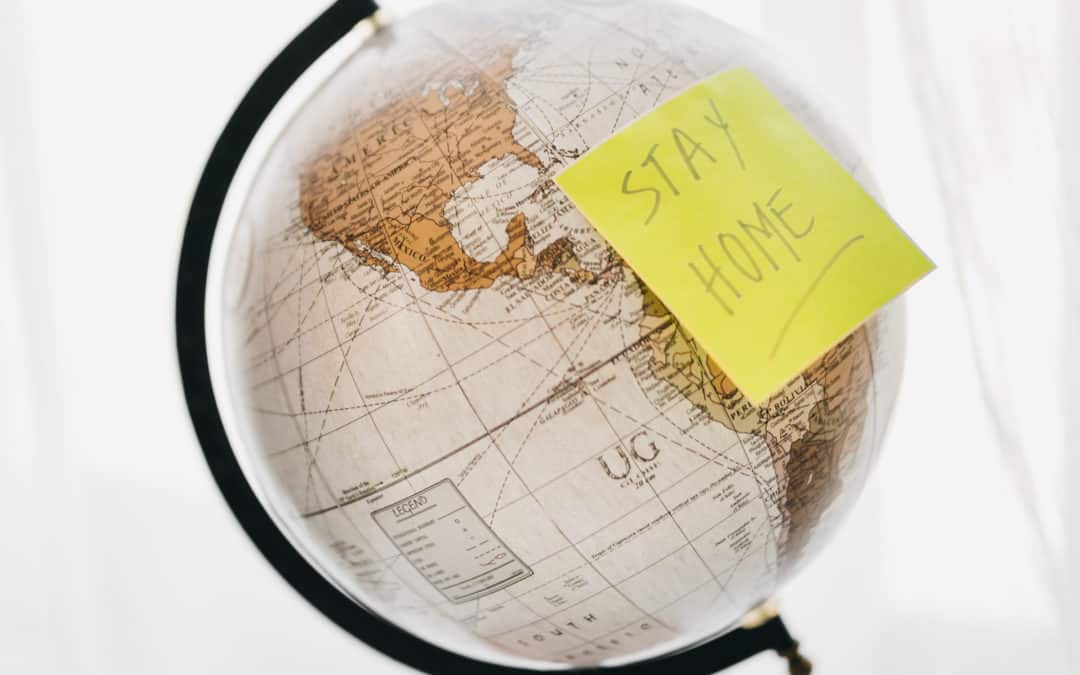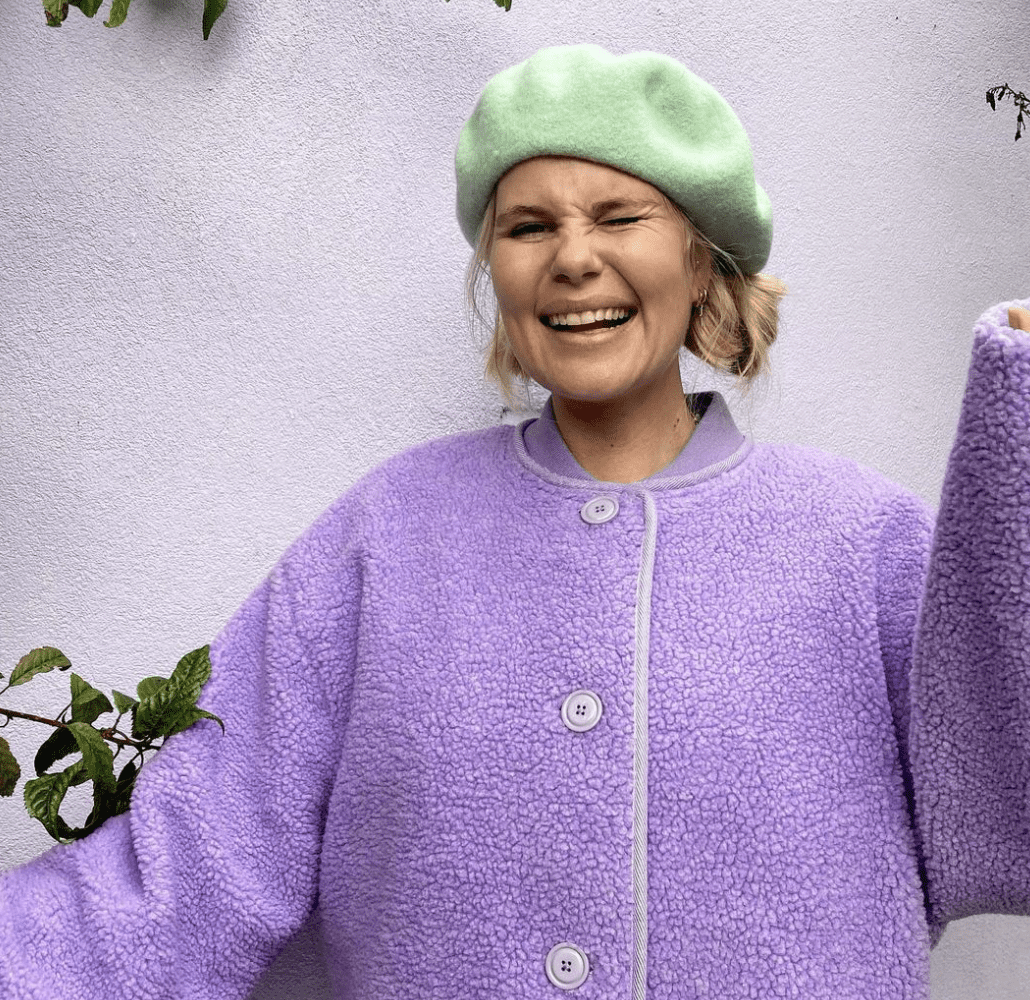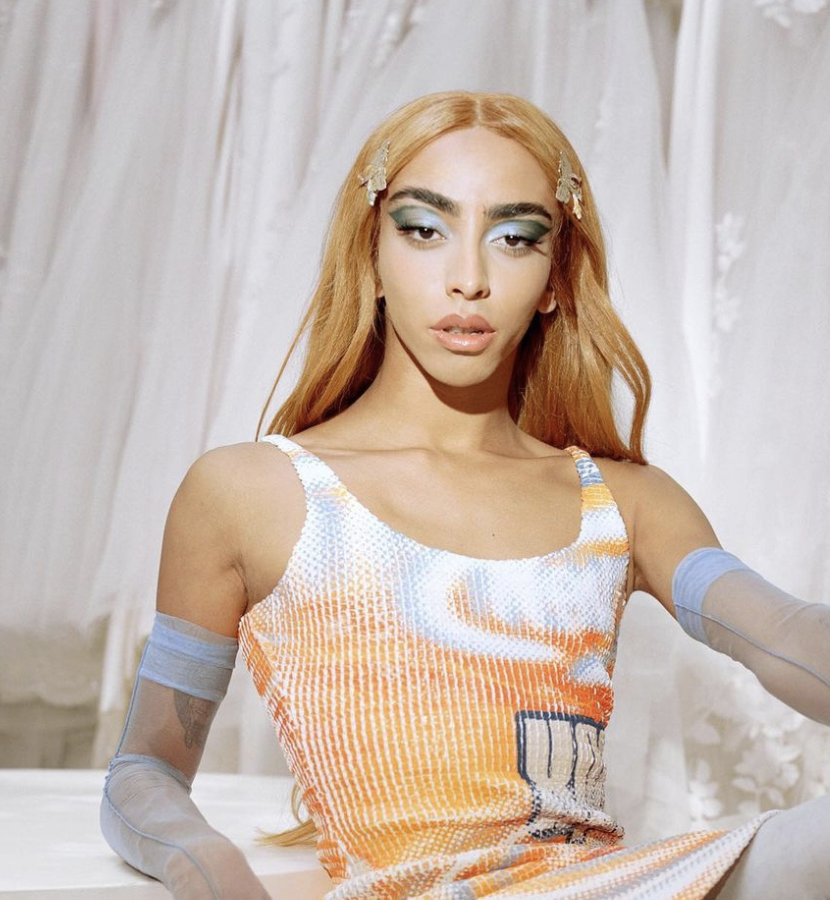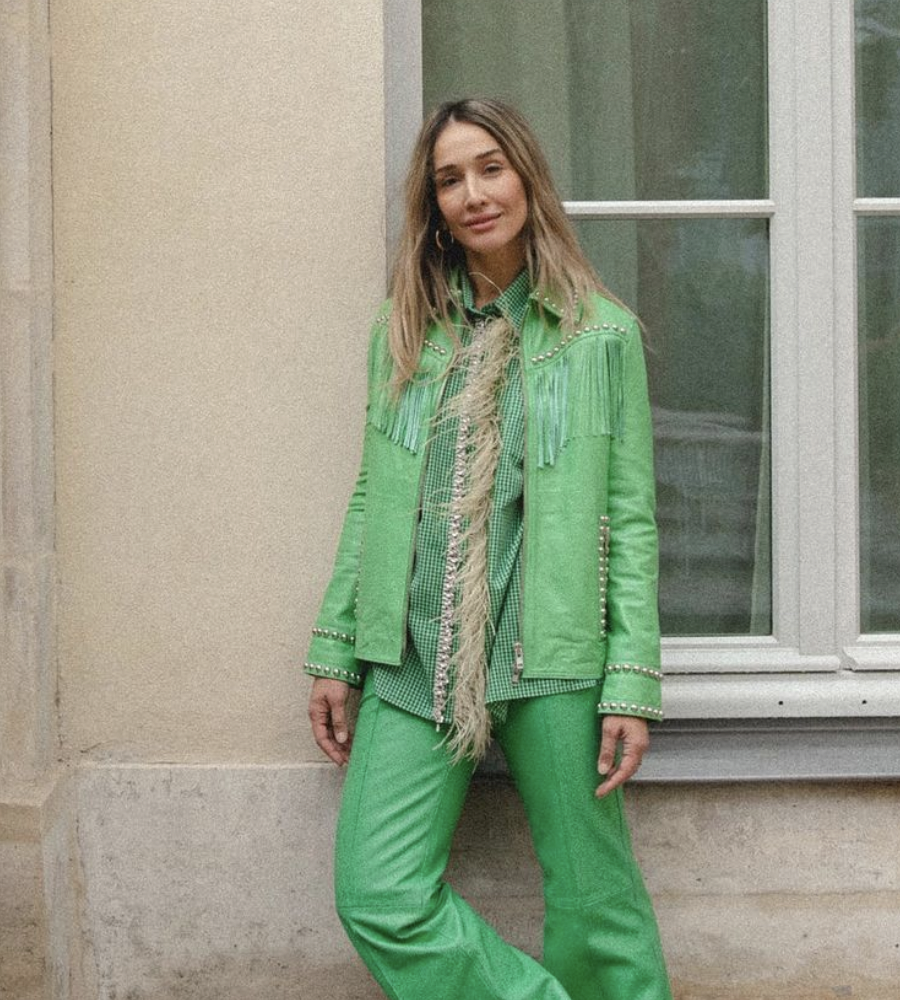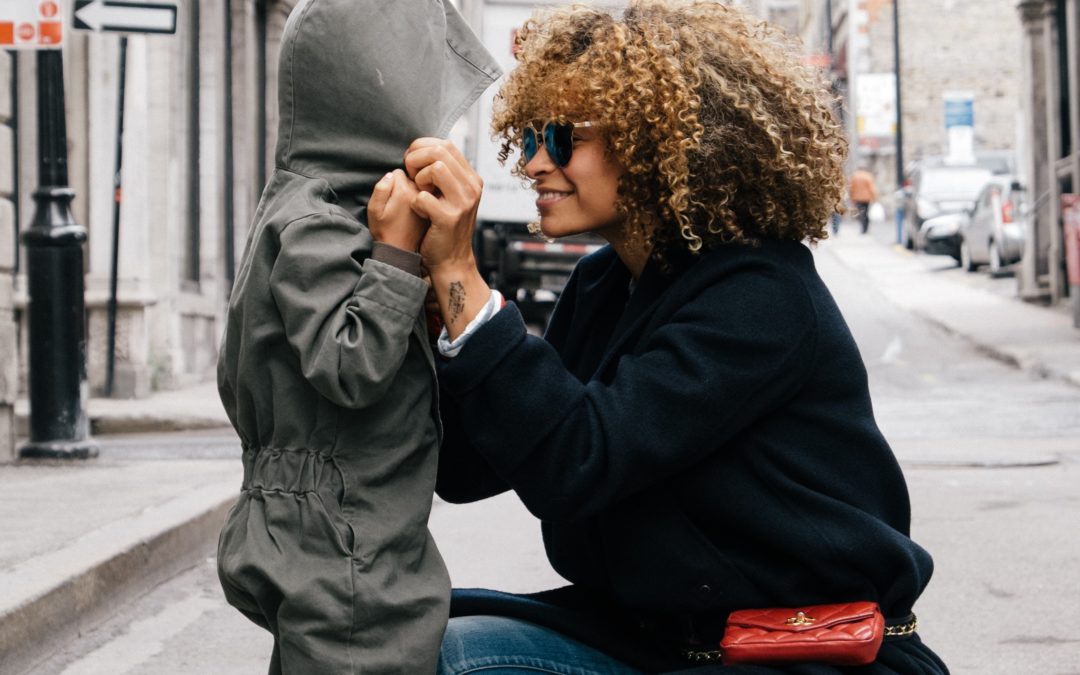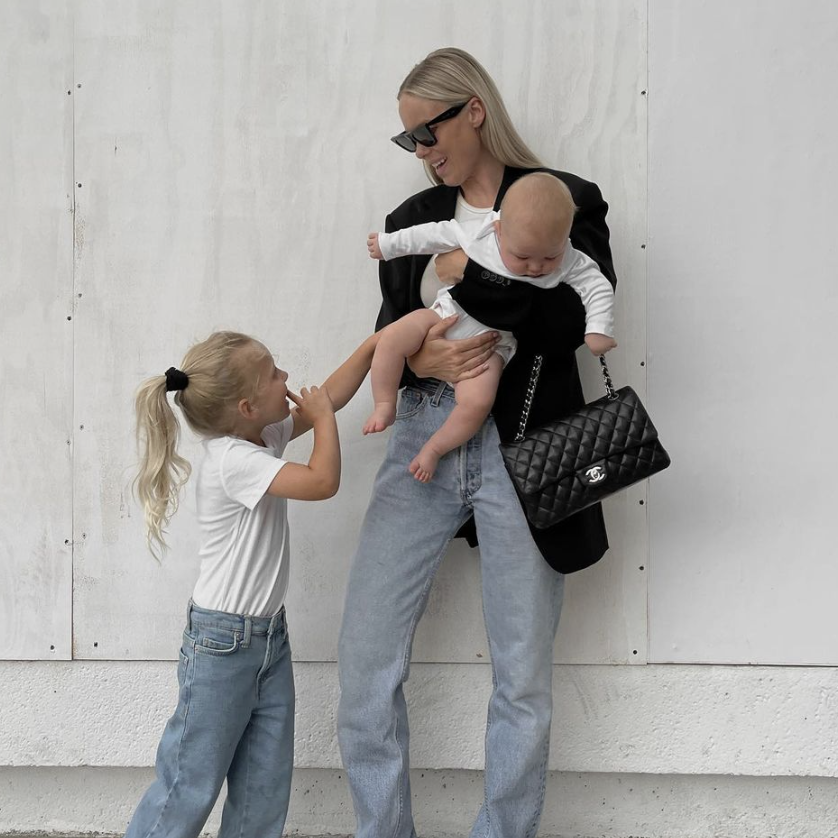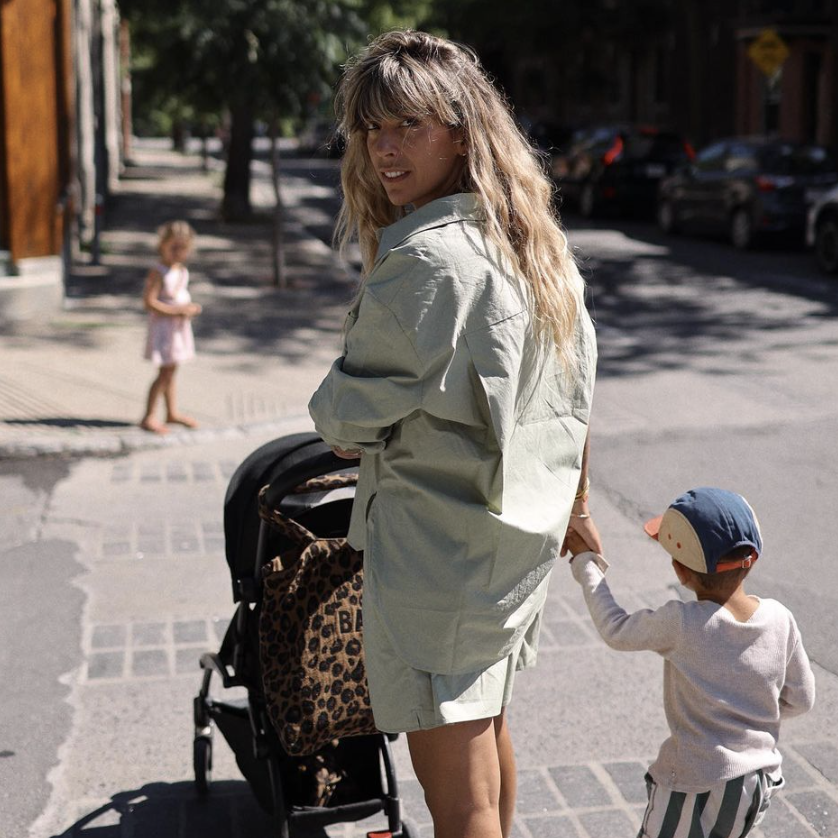Photography is so much more than taking pictures. Whether it's capturing fashion, telling the story of a particular event, or challenging societal norms and beauty standards, photography can evoke emotions and bring people closer together through shared experiences....

Entrepreneurs as influencers: why should you partner with them?
Entrepreneurs as influencers: why should you partner with them?
Entrepreneurs with a large following on both their business and personal accounts are excellent brand ambassadors. Their business savvy outlook influences the market, as they create new products that consumers are looking for. Moreover, their followers are loyal to them because they trust them not only as professionals but because of their unique voice and personal style.
To celebrate International Women’s Day, VOCAST sat down to talk to three incredible international female entrepreneurs. They have shared their expert insight with us about everything from collaboration work, marketing tips, and their visions for change. These women, like so many entrepreneurs, are actively breaking down barriers and creating space for something exciting and new.
Meet Emily, Edwina & Stina
 Emily Padan is a strong believer in living as sustainably and slowly as possible. After 7 years as a teacher, she joined forces with her partner to create hinter, a hospitality company in Canada, creating design-focused spaces in the middle of nature. Amidst the pandemic, she started Bloom Class, a virtual education platform for kids. Both businesses plant trees for every booking. Emily also began a podcast called Finding Your Wave, where she and her guests navigate the ins and outs of life, such as change, relationships, self-love and self-discovery, and business.
Emily Padan is a strong believer in living as sustainably and slowly as possible. After 7 years as a teacher, she joined forces with her partner to create hinter, a hospitality company in Canada, creating design-focused spaces in the middle of nature. Amidst the pandemic, she started Bloom Class, a virtual education platform for kids. Both businesses plant trees for every booking. Emily also began a podcast called Finding Your Wave, where she and her guests navigate the ins and outs of life, such as change, relationships, self-love and self-discovery, and business.  Born and raised in Sweden by Ghanaian parents, Edwina Kulego is the Vice President of International and Business Development at Informa Markets Fashion. Edwina has over 12 years of experience in the fashion and events industry. Edwina is also the founder and CEO of Essentials By Edwina: a vegan, makeup collection designed for women of color. She is a proud member of African Health Now, a non-profit organization that provides accessibility to primary health care in Africa. Fluent in Swedish, English, Ga, Twi, and proficient in Danish, Edwina was poised to be a trendsetter in International Business.
Born and raised in Sweden by Ghanaian parents, Edwina Kulego is the Vice President of International and Business Development at Informa Markets Fashion. Edwina has over 12 years of experience in the fashion and events industry. Edwina is also the founder and CEO of Essentials By Edwina: a vegan, makeup collection designed for women of color. She is a proud member of African Health Now, a non-profit organization that provides accessibility to primary health care in Africa. Fluent in Swedish, English, Ga, Twi, and proficient in Danish, Edwina was poised to be a trendsetter in International Business.
Entrepreneurial influence
Entrepreneurs are beneficial for established brands to work with because they represent the newness and passion within the industry. Edwina explains this passion, telling us: “I come from a family of entrepreneurs, so it’s in my blood I think. As a consumer, I was having such a hard time finding nude colors of lipstick for myself, and my friends shared the same agony. So I just decided, you know what, I’m going to do it!”
Stina talks to us about what influence is to her, and how can mean different things:
« It can be influence through reach, capital, power, or brand. In business, I have influence on my team being co-founder, and I hope to influence the beauty industry with the power of MANTLE’s brand and what we stand for. »
Authentic ambassadors, with en edge
Emily has a large influence and she tells us how her goal on her personal account, and her business account, is to make a difference in the world: “That is what I’ve always wanted to do in general. I’ve always wanted to make an impact, even in the smallest way. Whether it’s self-care or slow living – whatever it is, I would really like to think that I can make a small mark on other lives.”
She explains how entrepreneurs stand out from other influencers. For her, she can offer to create content for her personal brand at a hinter space:
« In a way, I’m leveraging the brand as well and I think it sets me apart from someone else. When I work with a brand, I can offer this really beautiful space to create the content in. »
She tells us how, because of her business, her aesthetic is trusted by brands, as it’s one of the main pillars of hinter. She shares with us how she gets people reaching out to her because they’ve found her through hinter, as well as from people who have found her through her own Instagram and TikTok – “it does work both ways” she says.
Collaboration: why is it so important?
Collaborating with entrepreneurs and their brands is beneficial because it allows you to tap into a new audience. As Edwina happily tells us:
« I think that collabs were really what gave me the confidence to start Essentials, and also to make use of my network. I’m all about collaboration, I think it’s a great way to grow and tap into a new demographic. »
Entrepreneurs are great partners for your brand because they operate with authenticity. When you are the face of both your personal brand and your business’ brand, you come from a place of professional growth and knowledge. Emily tells us about how her personal brand has shifted over time because she changed over time:
“My personality has changed, my values have changed,” she says. She continues telling us how throughout the journey of hinter, she has become even more sustainable, even more, focused on design and aesthetics, even more into slow living.
Stina talks about how from a business perspective, she needs to represent the brand and she always thinks of what’s best for the MANTLE brand at large first and foremost. But, on her platform she only needs to represent herself:
« It’s all very intertwined, and in many ways, I represent MANTLE 24/7! »
How should you partner with entrepreneurs?
Brands can come together and serve different purposes, fashion and home interior working together for example is very beneficial because there is a large consumer base who love both.
Stina tells us that when you do a cross-industry collaboration, the real magic happens. She says that it’s impossible to be good at everything so partnering up with people that have skills and talents you might be lacking is a way of learning and also securing the best results: “I’m very proud of our partnership with fragrance brand CRA-YON. They took MANTLE’s CBD and our vision for a fragrance, and turned it into reality with their 14 years of experience.”
Edwina believes that cross-collaboration, when you’re thinking about marketing, is great:
« If you’re looking to tap into a new demographic or a new consumer base, collaboration is the name of the game, especially in fashion. »
Emily explains how hinter partnerships, are part of the brand. The robes you would to wear to the sauna – she wants to tell the story of that brand. The candles – she works with local artisans and companies. Emily truly believes that her brand wouldn’t exist with the carpenter, the architect, the smells, or the textures:
« A brand is only as strong as its community, and the community exists within it. The community is not just hinter’s guests, it’s the people behind the brand that we work with. It’s fun to learn about humans and I think we need to do more of that. »
Entrepreneurial partnerships in a time of change
It is a common thread amongst entrepreneurs to care deeply about change. Change in the industry, to society, and for the planet. Stina shares with us how she firmly believes that women attain more influence in society by starting companies and having careers on equal terms with men: “That’s something I hope to see even more of in the future!”
Edwina advises businesses, big and small, to try and be as inclusive as possible. She believes that every company should be striving for that because it only makes them better, especially when you have women in leadership.
As Edwina puts it:
« Women have an innate ability and desire to include, nurture, train, and teach. I think those qualities are great at home, but they are wonderful in business. »
She openly tells us how after becoming a mother, she felt the world makes women feel like they have to pick and choose: “Women really are unicorns. We can do so much and we need to own a seat at the table everywhere, it’s so necessary. We love men, and they deserve to be there. But, the idea of the boys club making decisions for us all is changing.”
Emily discusses with us how she believes we can better the world overall through kindness to ourselves, helping others around us, and working together with like-minded businesses. She tells us that research shows that happiness doesn’t come from self-care, it comes from helping others. However, if you work too hard to help others all the time, you can burn out:
« There is a healthy balance and you can find that beautiful sweet spot where you’re taking care of yourself and then you are really able to help other people, work with these brands, make an impact, and help the planet. »
It’s a great time for open-minded entrepreneurs, striving to create a better world. Corporations are becoming more and more accepting of people doing things outside. There are a lot of corporations that understand how having a passion project on the side actually helps keep the employee motivated.
There is a lot of opportunity for women, especially in the lifestyle industry. They are creating products for themselves and their communities that make their lives better and are having so much success with it.
Top tips
Working with entrepreneurs is beneficial for your brand because they are influential, driven, passionate leaders who have set out to change the industry for the better. Stina advises brands wanting to tap into the influence of entrepreneurs to be authentic, honest, and consistent:
« Find your passion or topic and stick with it, then people will follow. Also, collaborate with other brands or people that share your values. »
Here are some more top tips on how best to partner with entrepreneurial brands!
SIGN UP TO OUR NEWSLETTER
Get free knowledge on how to optimize your B2B marketing & new product releases.
RELATED POSTS
The world of photography: how can brands best work with game changing photographers?
Greenfluencere: hvem er de, og hvordan bruger du dem i dit pressearbejde?
Klimakrisen udfordrer os og gør, at vi handler mere og mere bæredygtigt. Her hos VOCAST har vi talt med personen bag en profil, der dagligt inspirerer sine følgere til at foretage grønne valg.De omtales som Greenfluencere: personer, der bruger deres digitale kanaler...
Gender-fluid fashion is not a trend, it’s a reality
As attitudes towards gender continue to evolve, so is the fashion industry’s approach to gender-fluid fashion, creating a more inclusive and diverse fashion landscape. In the coming years, we can expect to see more and more of this. Gender-fluid fashion is gaining...







